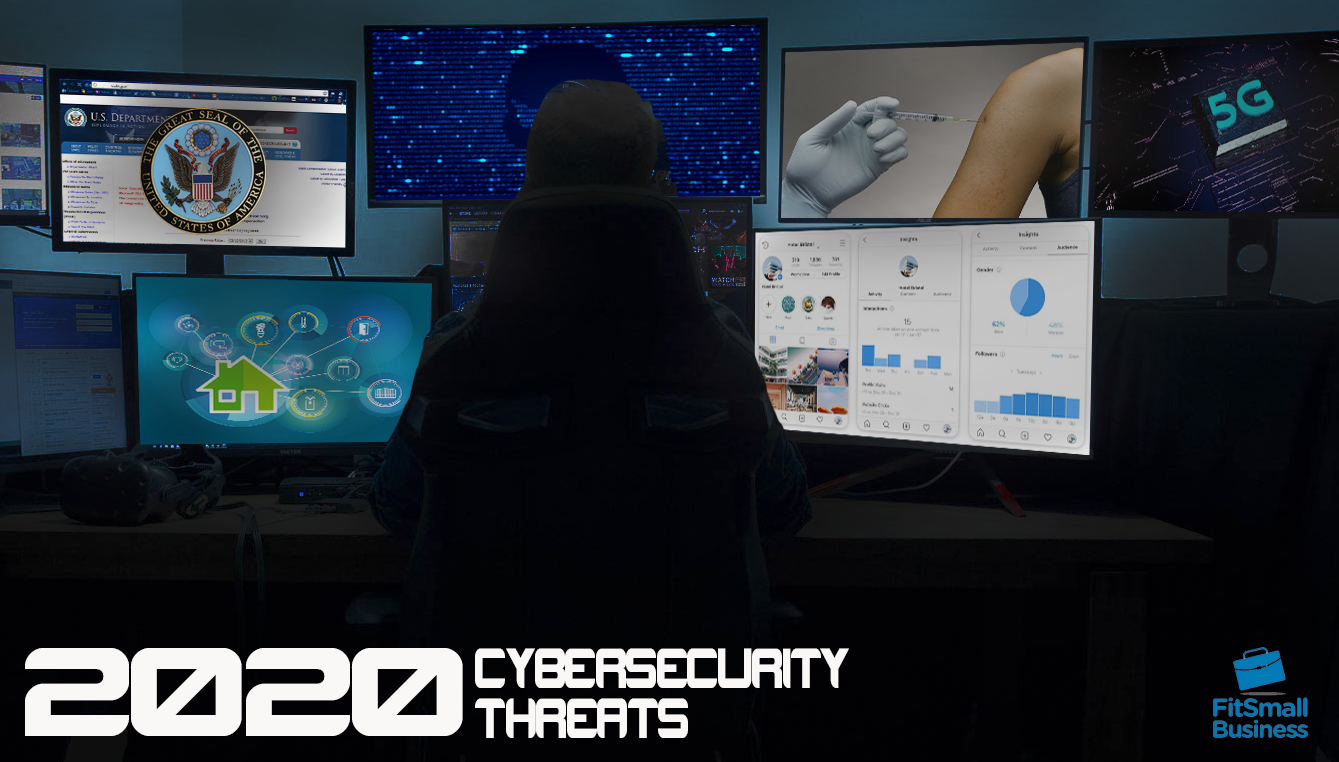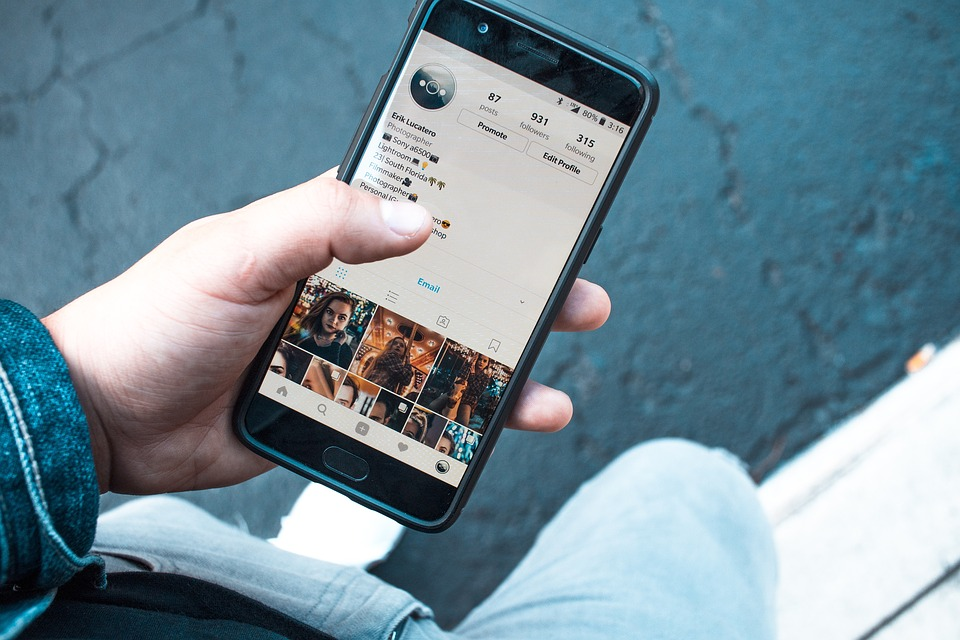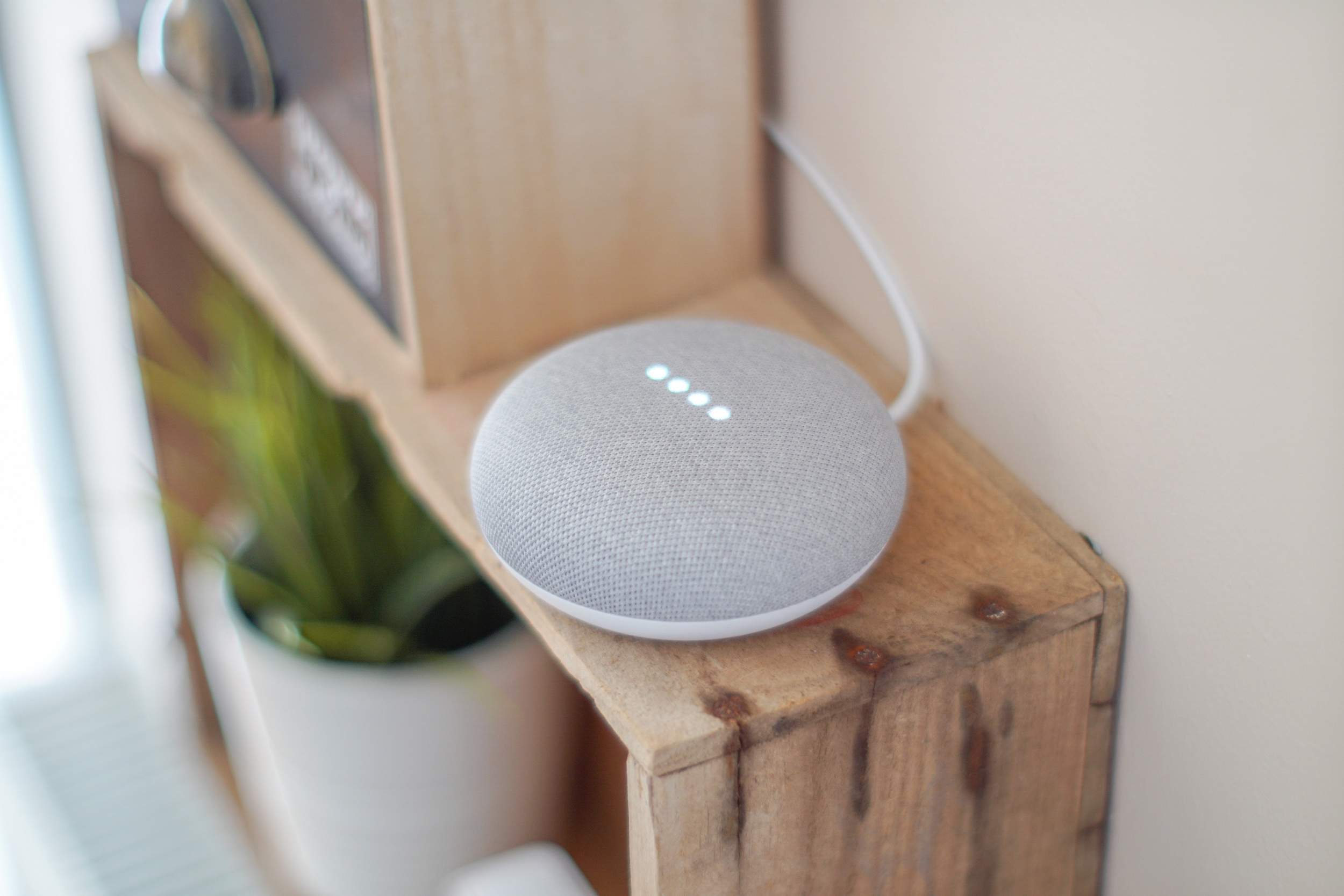
Cybersecurity threats are as inevitable as superhero movie sequels. But what do you do when you don’t have the Avengers to block cyberhackers from exploiting every vulnerability you didn’t even know about?
First, you can’t underestimate the threat. According to Ginny Rommetti, President and CEO of IBM, “Cybercrime, by definition, is the greatest threat to every profession, every industry, every company in the world.” Some estimates indicate that cybercrime will cost the world $6 trillion annually by 2021. Last year, Norton discovered that over 60 million Americans were targeted by cyberattacks.
The hard truth is that you and your business are at risk and making sure you aren’t exposed isn’t easy. While there are ample tools at your disposal to ensure your safety against what’s already known, preparation is the only way to handle the types of yet-to-be-defined problems that will hit millions of businesses in 2020 and beyond. We scoured all the data and published research forecasting emerging threats and discovered the five most dangerous trends to watch for next year.
1. Corrupting Government

With the 2020 US presidential elections only months away, the politically-targeted cyberattacks will continue in full force. This year alone had over 800 political cyberattacks, according to research provided by Microsoft in an interview with Rolling Stone. Though aimed at political parties, candidates, and the US government, attacks like these pose a serious threat to US residents—and we’re not just talking about the safety of their personal information and identity.
Foreign entities are attacking the US in a number of ways—many of which threaten the nation’s security offline. In 2019, North Korean hackers phished to find which countries were studying their nuclear efforts. Before that, an espionage group from Iran targeted US government infrastructures, according to the Center for Strategic and International Studies. The number of political cyberattacks to come in 2020 will likely make the 800 that happened this year seem insignificant.
2. Exposing Healthcare

The healthcare industry is a treasure trove of personal information and health data, making it one of the greatest gatekeepers of personal information. That means it is also a major target for cyberattacks. But criminals want way more than just your identity. In fact, a growing risk for 2020 is the theft of intellectual property such as the Chinese-state sponsored hackers who targeted US cancer institutes, according to CSIS.
What’s unusual about this is that some of those found to be hacking the healthcare industry are small bands of hackers, as opposed to large criminal organizations. Generally, personal information is the most valuable to small band hackers as it can be quickly sold for large sums. According to the healthcare analytics firm, Protenus, the number of exposed patient records has doubled from 15 million in 2018 to 32 million between January and June 2019.
3. Breaching Social

People are watching you on social. That is the purpose of social media after all. The trouble is, who is watching you and what type of information they’re looking for as well as how they can use that information for strategic cyberattacks. Social media has grown rapidly in the past decade, and with that, so has social media cybercrime. According to the Bromium report on Social Media and Cyber Crime, 20% of organizations are infected by malware from social media connections.
What makes social a gaping opportunity for cybercrime is that it can be used by hackers to act as a Trojan Horse. This creates a domino effect where a cybercriminal can infect an account or ad with malware that gets passed on to reach an entire user’s network, and those users’ networks. What’s more, hackers are becoming more advanced and are beginning to use social to not just hack individuals, but the companies that users work for, according to Fast Company. This means you could be exposing your employer to attacks or your employees could be unwittingly inviting these issues to your company.
4. Targeting New Tech

The much-anticipated rollout of 5G in 2020 holds the power to change the way we use the internet with faster-than-ever speeds, but it will also change the sheer volume of devices susceptible to cyberattacks, according to NeuShield. From increasing the risks involved with mobile banking to something as nonessential as virtual reality headsets, we will be surrounded by potential cyberthreats.
The reason 5G will make everyone more vulnerable to cyberattacks is that it enables such a diverse range of devices, making it difficult to create and provide security measures that can serve all. Mobile banking alone saw a 50% increase in cyberattacks from 2018 to 2019, according to Check Point’s “Cyber Attack Trends: 2019 Mid-Year Report,” and that number is likely to increase with the introduction of 5G.
5. Hacking Your Home

Smart homes are not always such a smart idea. While the technology was created to simplify our lives, devices like the Google Home and Amazon Echo are turning into smart spies. Your handy home assistant is prone to cyberattacks, enabling hackers to spy on users in their homes, according to an interview with Karsten Nohl, a chief scientist at Security Research Labs and the BBC News.
At-home safely also goes beyond smart home devices. Other tech tools and gadgets we use at home might feel like modern-day lifesavers, but many are putting our families at risk. It sounds great to get to turn off lights remotely or open your garage door from your phone, but these same technologies are highly susceptible to being hacked and in the process, both homes—and identities—are exposed.
Bottom Line – Emerging Cybersecurity Threats 2020
According to the National Cyber Security Alliance, 60% of small and midsized businesses that were hacked went out of business within six months of the assault. The reasons why are obvious with a 2019 study discovering that cyberattack incidents cost businesses of all sizes an average of $200,000. We conducted this analysis of the latest technologies to discover which pose the biggest cybersecurity threats in 2020 that have the power to affect the highest number of people.
Whether hackers are pursuing individuals, companies, or political systems, everyone is at-risk and when something happens millions are affected—directly or indirectly. While we can’t live in a bubble, the first step to protecting against cybercrime is awareness.

Source: https://fitsmallbusiness.com/cybersecurity-threats-targeting-your-business/
24 12 19
